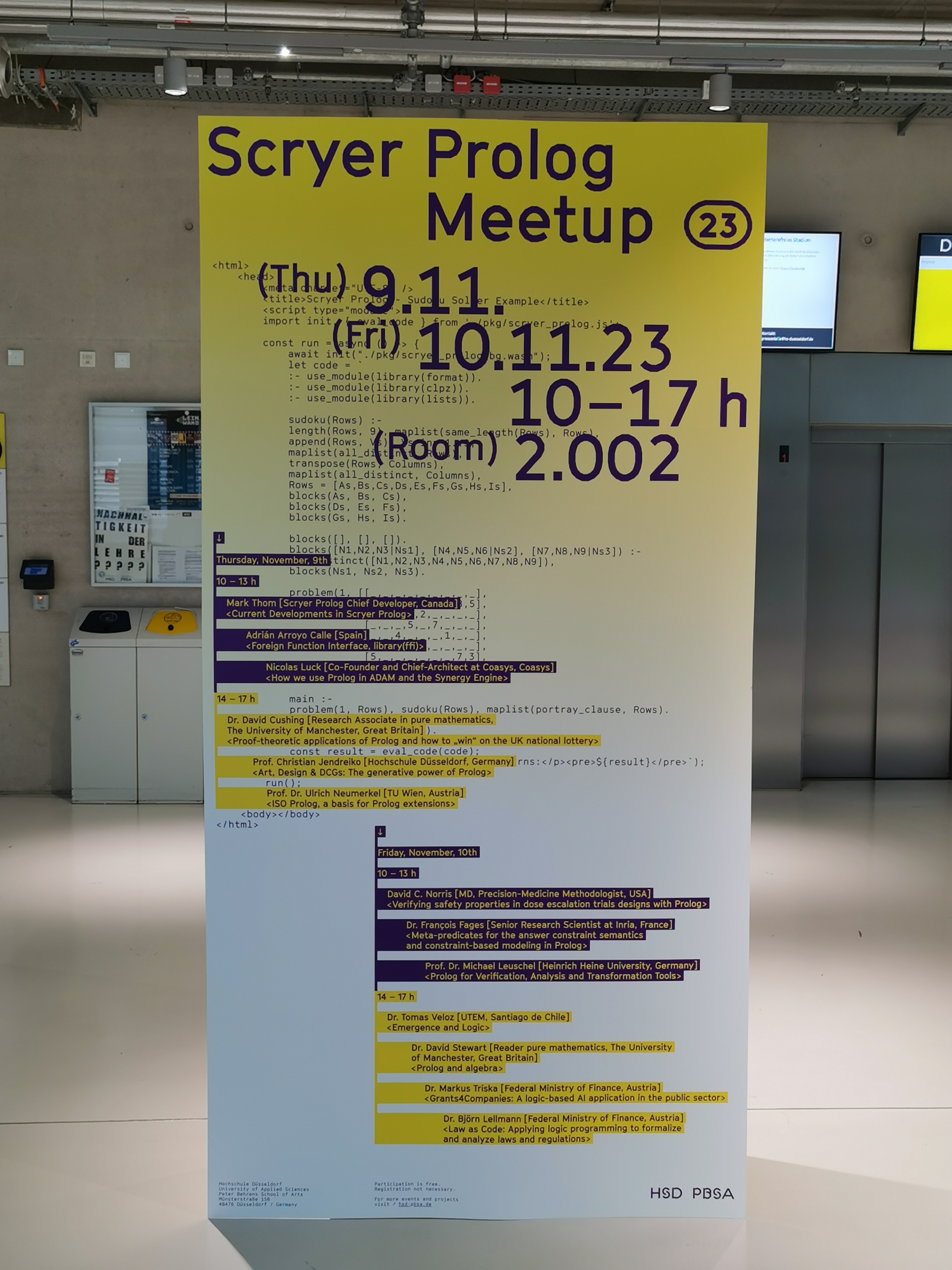- 34 Posts
- 15 Comments

 2·3 months ago
2·3 months agoUsually iD, but sometimes Vespucci and JOSM (I use it when I have som GPS data alongside).

 2·4 months ago
2·4 months agoIn Spain, I think only ING has this cashback procedure that allows you to withdraw cash from supermarkets, but it’s only for its own clients. It’s not very popular and I have to admit, that as an ING client, I’ve never use that feature. More traditional banks still have lots of ATMs and banks like ING cover the ATM fees if you withdraw enough money (if you withdraw 200€ in one go, it’s free for example).

 5·4 months ago
5·4 months agoI agree that Alpine Linux shouldn’t be recommended to newbies but I don’t like the explanation. Distros like Alpine Linux are good for the whole Linux ecosystem, as they avoid monoculture and bring diversity to the software, which in turn they foster competition. Like a biological ecosystem, betting everything into one particular specie is a recipe for disaster. Some examples: Glibc has found many bugs because musl did things differently, and it turned out that glibc was not following the standard (also musl had bugs on its own), GCC was stuck until Clang came out and developers started to prefer Clang,…
VLC ships their own codecs which is great on Windows, but a bit suboptimal on a typical Linux desktop installation since you’re probably going to have GStreamer or ffmpeg available too for the rest of the software like video editors, web browsers, etc
Alpine Linux, because it uses OpenRC and musl, it’s an interesting choice a little bit different but I really like it nyself for servers.
Gentoo, the biggest source based distro, has Emerge, a very configurable package manager.
NixOS, uses the Nix programming language to install packages and configuring the system. Very powerful and breaks many conventions about Linux systems

 96·7 months ago
96·7 months agoIPv6. Lack of IPv4 addresses it’s a problem, specially in poorer countries. But still lots of servers and ISPs don’t support it natively. And what is worse. Lots of sysadmins don’t want to learn it.

 1·7 months ago
1·7 months agoYes. My apps are not static: one is a Django app (Python) using Postgres. I had to compile both Postgres and Python but that’s because I wanted to use them in Docker but there were no images available (maybe there are now, things change fast in this world).
Other was a Rust app, also using Postgres. For this I had to wait until a cryptography library (ring) added support to RISC-V since they use some assembly to improve the performance. After that, it was fine.
I’ve been experimenting with more stuff, in general almost all important languages work, but beware that even if it works, they might not be as performant as in ARM or x86. Java for example, worked but the JVM didn’t have a JIT so it was very slow (this is fixed now, but some distros still ship it without JIT AFAIK).

 8·7 months ago
8·7 months agoYes, I have a VisionFive 2 and I use it to host some websites. I have am Arch Linux image compiled by a user in a forum, but the userspace packages are from a RISC-V repository from a other people working in Arch in general.
I could run my websites but it wasn’t easy at first, because, yes I have Docker but there are almost no images for riscv64, so I had to do some compiling and build images in a local registry. Bu now it works pretty well.
I always found “find” very confusing. Currently, I’m using “fd”, which I think has a more sensible UX
Honestly, if SWI Prolog serves your needs, use it! Scryer Prolog is still very rough on the edges. However, even with that, some things already make Scryer interesting, like string handling, which is more natural and integrates very well with DCGs, and standards compliance. Scryer passes all ISO syntax tests, and also is one of the few systems that implement dif/2, freeze/2, or even length/2 correctly according to the drafts (this was shown on the meetup, SWI for example failed on all those 3 things). Also, clpz is being developed only taking into account SICStus and Scryer, since they implement the same Attr Var interface (SWI has another one).
I don’t agree that there’s no progress. Other Prolog systems were started in the 20th century and they received funding from universities or they’ve been commercial. Scryer has neither of those things. For the most part, it was developed in free time. It needs to form its own community of users that will improve the system. That’s why these kind of events are so positive in my opinion.
Supercomputers are usually just a lot of smaller computers that happen to be connected with very efficient networking. Then you use something like MPI to simulate a big pool of shared memory.

 2·1 year ago
2·1 year agoYes, I think port forward and domain name is required not just for Lemmy but for every ActivityPub service (Kbin too).

 3·1 year ago
3·1 year agoMy custom blog, Syncthing and now I’m trying Lemmy and Mastodon. Let’s see how it goes!
Muy chulo ese toque naranja












Strongly typed is not an opposite of gradually typed. I think you mean statically typed. Strong / Weak refers to how type casts are possible.